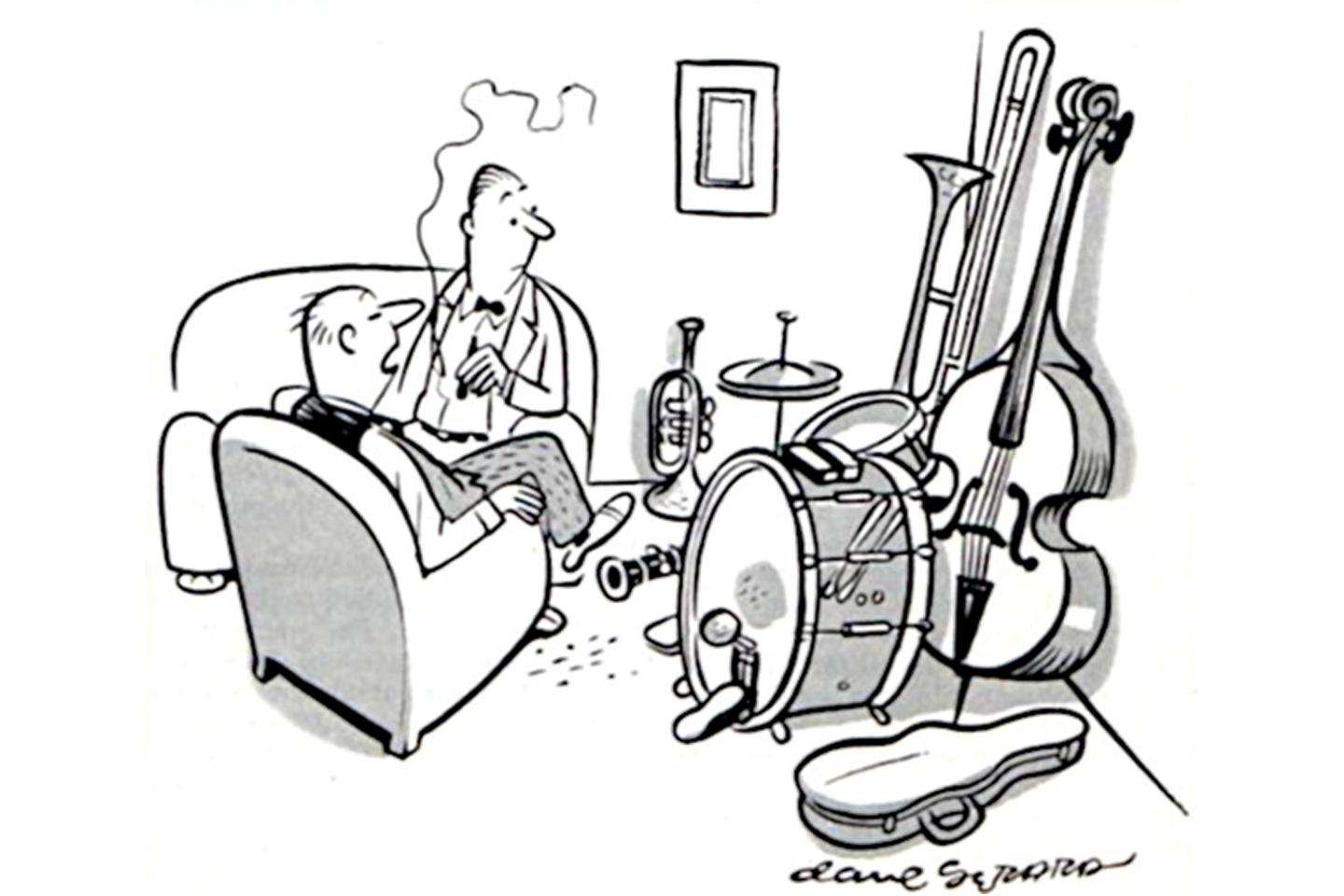The Art for the Ears
Imagine a movie without sound and only picture, or a movie with only picture and no sound. These in simple, popular terms are called ‘paintings’ and ‘music’; inherently being nothing other than—movies.
The Romantics had their own, similar, thoughts: Goethe declared that architecture was "frozen music", and the mid-Victorian über-aesthete Walter Pater breathlessly announced that "all art aspires towards the condition of music". By the late 19th and early 20th century, however, blurring the edges between music and the other arts had become a widespread obsession.
Wassily Kandinsky, the founder of abstractionism too felt a deep connection between music and art in terms of visual representations. Both of them being abstract, he believed they shared a common origin. The artist used musical terms such as “improvisation”, “impressions” and “composition” in the titles of his pre-war paintings, emphasizing the links between the two art forms.
Kandinsky’s paintings are a burst of emotion, somewhat like a concert where he paints to the rhythm of his inner music. He called them, “suddenly created expressions of processes with an inner character”. And as for the Impressions, although this may seem less of an obviously musical title, we know that several of them were specifically written in response to the experience of hearing particular pieces of music.
To support his colour theories, Kandinsky appealed in his manifesto to the evidence of synaesthesia, the scientific name for the condition in which the senses are confused with one another (as when someone finds their sauce tasting too ‘blue’). He wrote enthusiastically of how "Our hearing of colours is so precise. Colour is a means of exerting a direct influence upon the soul. Colour is the keyboard. The eye is the hammer. The soul is the piano with its many strings. The artist is the hand that purposely sets the soul vibrating by means of this or that key. Thus, it is clear that the harmony of colours can only be based upon the principle of purposefully touching the human soul."
Music - and the idea of music - appears everywhere in Kandinsky's work. He believed shades resonated with each other to produce visual 'chords' and had an influence on the soul.
The white in his painting “On White” (1923) was the sum of all colours, and that they cancel each other out. It is like an absolute silence, where we do not perceive emotion; a non-sound. It is a pause between one bar and another in a musical performance, which is a prelude to either sound. The thought of sounds and colours existing in a harmony of ecstasy is further evident from his painting “Composition X” (1939) where black is the silence, the final pause of a musical performance, the end.

